
Sailors Run Toughs It Out
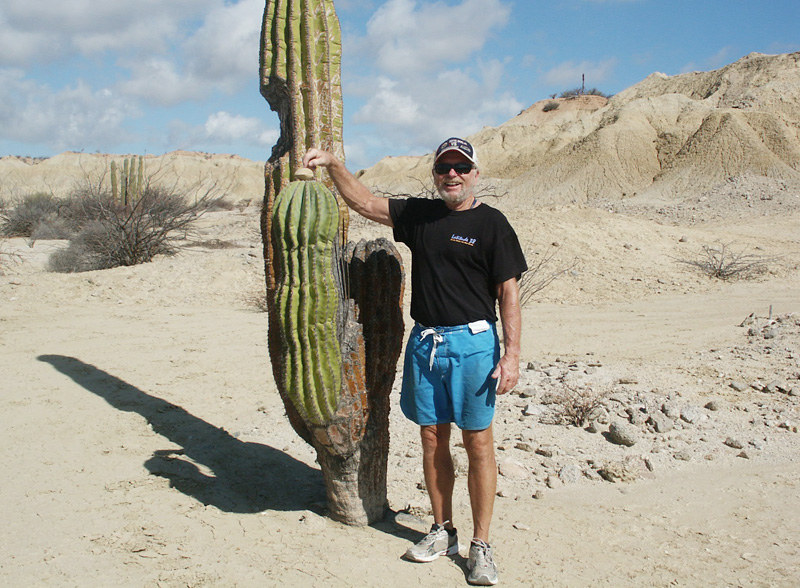
Since jumping off from Ecuador last Halloween on a solo nonstop circumnavigation attempt, 69-year-old singlehander Jeff Hartjoy has endured many punishing days. But Days 97 and 98 were standouts. In his emailed recap afterward he wrote: "It’s amazing when you do battle with nature how fast she takes away your electrical and mechanical advantages and it becomes you, and the boat, and your will to survive."
If you’ve had any fantasies about making a similar attempt — eastabout via the Five Great Capes, unassisted and unsponsored — the following excerpts will probably sober you from such notions (written from 46.17S, 80.15E; roughly 3,000 miles south of Sri Lanka and 975 miles west of Australia’s Cape Leeuwin): "I never saw this one coming, as it just appeared to be another 30- to 35-knot day. In reality, the 35-knots was just the beginning of a 48-hour battle of survival."
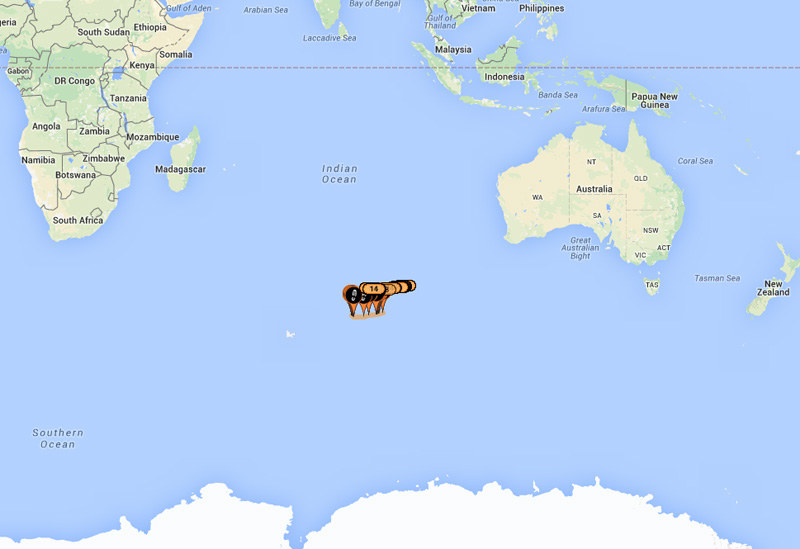
Having rigged the mizzen and a staysail on his Longbranch, WA-based Baba 40 ketch Sailors Run, he thought he was ready for what Mother Nature had in store for him. "Wrong. I became suspicious when I noticed the barometer plummeting down, and the waves were gradually growing larger. One of these waves catapulted Sailors Run ahead at 14.1knots." At that point he knew it was time to douse both sails and proceed under bare poles. "It was while I was lashing the staysail on deck that a huge wave broke over the deck, as I hung on and was thoroughly drenched to the core by this one."
Sailors Run roared across the rowdy Southern Ocean waters under bare poles for 16.5 hours, during which time Jeff saw sustained winds of 50 knots with gusts to 65. "The waves were becoming monstrous and the top 10 feet was breaking off and rolling down the face of some of these waves. At one point during the day I looked out upon the sea and swore I was in the mountains, as it appeared that there were snow-covered peaks everywhere, with avalanches plummeting down their steep faces."
With her canoe stern, the Baba 40 design can take such conditions better than most boats, but after one of many rogue waves broke a solar panel support, Jeff deployed his drogue on 400 feet of 5/8-inch nylon rode. It slowed Sailors Run‘s speed from 9 knots to 3 or 4, but eventually its nylon attachment straps all failed and it was lost. Also, green water that entered the cabin doused the ‘waterproof’ radar unit, causing it to fail.
After enduring 48 hours in such challenging conditions, Jeff is now sorting out the damage, while drying out the boat and his gear. His current goal is a simple one: "Over the next few days I hope to get further north for better weather, if that’s possible." To follow Jeff’s track via his SPOT locator device, click this link.
Artemis Racing’s New Turbo
Although they’ve since moved their sailing operations to Bermuda, in January Artemis Racing launched a second turbo development boat out of their base in Alameda’s former naval air station.
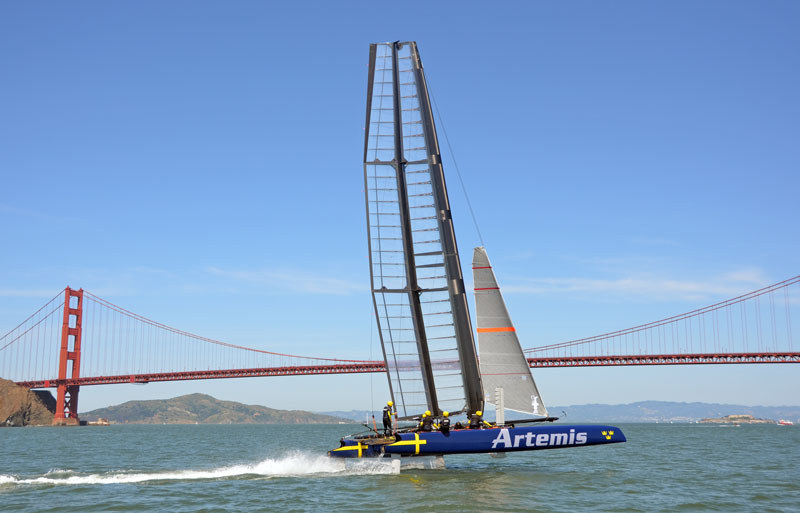
"Very early in this America’s Cup’s cycle we upgraded our existing foiling AC45, a boat similar to those used in the Louis Vuitton America’s Cup World Series, to boost its performance and provide a platform to test appendages," explained the Swedish team’s design coordinator, Adam May. "However, our development path truly began with our sistership turbo program. T1 was launched in February 2015 as a test platform scaled to be similar to the AC62 class. The original AC45 foiler was then retired and converted into T2. There was a pause during its build while the AC class changed, and many features such as a similar deck layout to that of the new AC Class were incorporated into T2.
"T2 is our second fully loaded turbo-charged AC45. The extra beam (for more righting moment), larger wing, cockpits, and full fairing package make it a very different beast to the narrow traditional AC45s with foils."
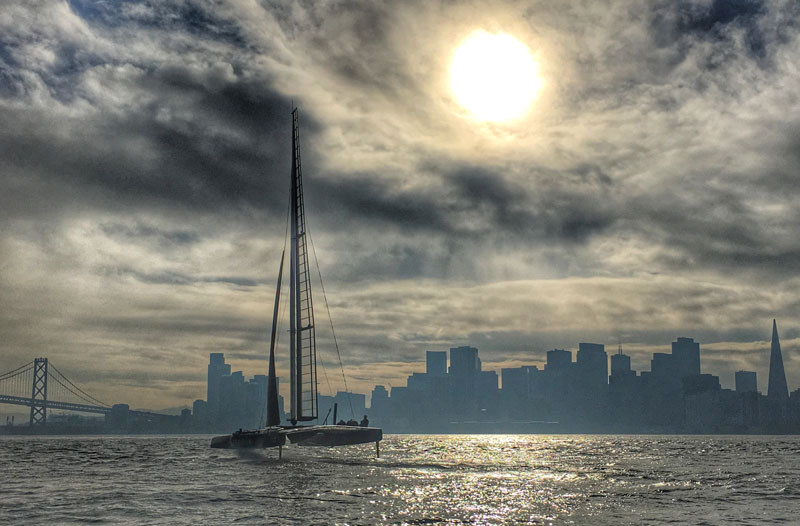
Artemis completed a successful 10-day camp in Alameda. Iain Percy, team manager, commented, "It was very satisfying to launch T2 before we left for Bermuda. It was particularly pleasing to be foiling around the Bay on day one without any significant teething problems, giving us the chance to maximize the precious time on the water. We took away a number of key learnings and directions for our future America’s Cup Class development program."
T2 will soon be lining up on Bermuda’s Great Sound against its sistership T1. "Two boat testing is an important component of our campaign strategy. It’s going to be quite a sight seeing two Artemis Racing boats flying over the America’s Cup race course," said Percy.
El Niño Ate the Boat Show
Anyone who’s spent a real winter on the water there can tell you that San Francisco’s South Bay can fetch up some nasty wave action in stormy weather. We hadn’t had a ‘real’ winter in a few years, until this season’s El Niño broke the trend of fine weather in January.
After a steady stream of storm fronts churned up the sea state, the temporary docks that were intended for use in McCovey Cove for the Progressive San Francisco Boat Show on January 15-18 would have resembled bucking broncos more than safe walkways. So, the organizers at the National Marine Manufacturer Association made the tough decision to postpone the third edition of the City’s boat show until April 28-May 1. "El Niño is wreaking havoc on the Bay Area, and, as a result, is forcing us to change our plans for the San Francisco Boat Show," wrote NMMA’s vice president, Dave Geoffroy, on January 8.
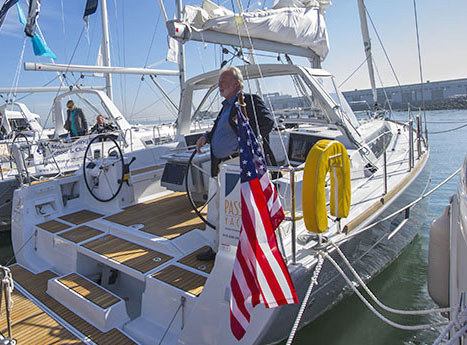
Then, on January 25, NMMA announced that there would, after all, be no show this year. "After speaking with many exhibitors over the past couple weeks, and running into significant challenges that a last-minute move requires, we have decided to cancel this year’s show," said Geoffroy. "Anyone who purchased a ticket online pre-event will be refunded. To have tickets refunded, please contact Rosemary Stomp." The NMMA is also refunding exhibitor space rental fees and suggests that exhibitors contact the show manager, Katharina Klanck with questions related to the show’s cancellation.
"While we won’t see you in San Francisco this year, I hope you’ll join us at another NMMA California show in Los Angeles, February 25-28, and San Diego, June 16-19," added Geoffroy.
